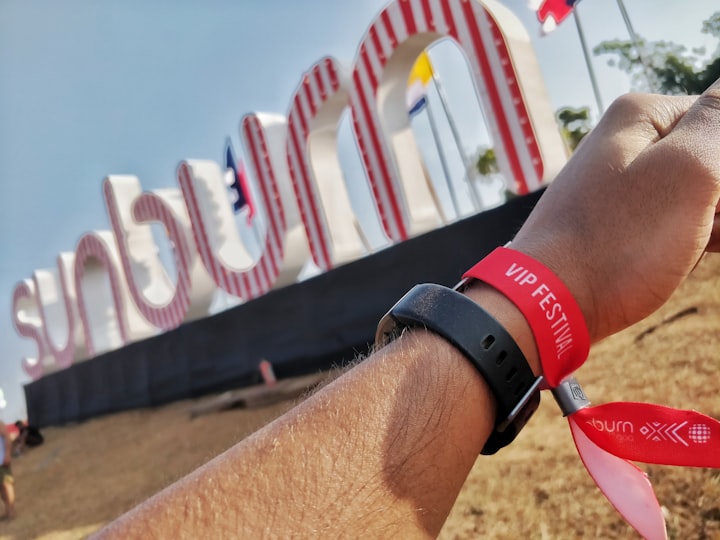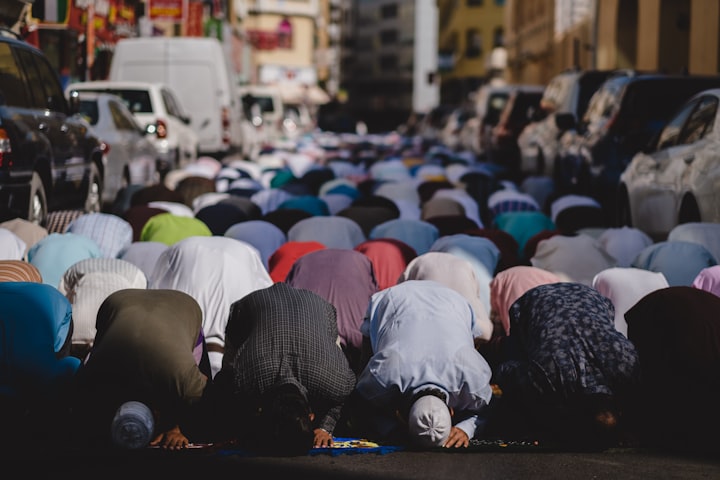Risks, Prevention, and Treatment of Sunburn in Children
children sensitive skin

We enjoy letting our children play outside when the weather is pleasant since it is good for their health. It's critical that they're shielded from the damaging effects of too much time in the sun.
Learn all you need to know about protecting your child from the sun's harmful rays in this article.
What's the point of protecting yourself from the sun?
While the sun's rays are pleasant to the touch, they can have both short-term and long-term detrimental effects. As a result of sun exposure, pigmentation patches and wrinkles may develop, as well as an increased risk of skin cancer.
That also applies to kids. Children are more vulnerable to these side effects because to their more delicate skin. People who were severely burned five times as children have an increased likelihood of developing skin cancer as adults, for example.
How to avoid getting burned by the sun
Keep an eye on the time.
Keep children out of the sun as much as possible between the hours of 11 a.m. and 4 p.m., when it is the warmest.
When possible, seek shelter and restrict your time in the sun to no more than 30 minutes at a time. You can never be too careful when it comes to protecting babies under the age of six months from the sun.
Don't forget to reapply!
sunblock for children
It's possible to use sunscreen effectively, but only in certain circumstances. If your child is going to be in the sun for a lengthy period of time, or if you just want to be safe, use a sunscreen with SPF 50.
In order to adequately safeguard your youngster, you must also lubricate. It is sufficient to apply a thick coating every two hours. After swimming, don't forget to reapply your sunscreen. Sunscreen is always needed, even if it's raining or gloomy, and even if your child has a darker skin tone.
Decide on apparel that is (sun-resistant).
Wearing suitable attire is another technique to shield your child's delicate skin from harm. Protective clothing, including a hat and long sleeves or pants, in dark, tightly woven fabric, is better than sunscreen.
You can wear a swim shirt in the water. In addition, if your child is going to be in the sun for a lengthy period of time, such as on a day excursion to an amusement park or a long hiking trip, you can purchase UV-resistant clothes.
Factors that increase the likelihood of a person developing a disease
Some people have a higher sensitivity to burning. If your child has light-colored eyes, hair, or skin, you should exercise particular caution because of the increased risk of skin cancer for such children. You should also check for unusual patches from adolescence if a family history of skin cancer exists. Watch for changes in the color, texture, or pattern of moles as well as the appearance of any new, unsettling spots.
What kind of sunscreen should you use on your child?
sunscreen care for the skin using sunblock All sorts of sunscreens are available, including ones marketed for children. These do not contain any scents or other components that may cause an adverse reaction and are therefore better suited for children's skin.
To ensure that you don't miss any areas, they are generally arranged in a way that leaves a white color behind. Until your child is a year old, you should adopt this method. Sun cream for children provides the same level of protection as for adults, so if you follow up with a conventional cream, there is no problem.
What should I do if I become sunburned?
Children should be shielded from the sun whenever feasible. As a precaution, here are a few things you can take in the event that your child gets sunburned:
Apply a cool, moist cloth to the affected area to reduce the risk of further burns.
Prevent dehydration by making sure your youngster drinks plenty of fluids.
Fresh water should be used for your child's bath time.
Take care of your skin using an aftersun lotion.
When the skin begins to flake or itch, a moisturizing lotion should be used.
You may be able to get prescription creams or oral steroids from a doctor in extreme situations.
Everyone should take precautions to reduce their exposure to the sun's ultraviolet (UV) rays. However, we must be especially vigilant when it comes to youngsters, as they are more prone to developing skin cancer as a result of the sun's harmful rays. So be sure to use a high-quality sunscreen and avoid direct exposure to the sun whenever feasible. Using these techniques, you and your child may enjoy the outdoors together.






Comments
There are no comments for this story
Be the first to respond and start the conversation.